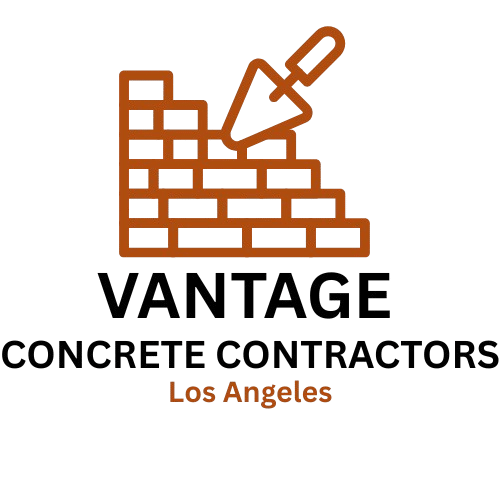Concrete Landscape
Concrete landscape uses various concrete installations to structure, beautify, and add durability to a property’s exterior. Beyond aesthetics, it provides robust functionality that withstands weather extremes and wear. Concrete solutions are highly adaptable, whether for pathways, driveways, patios, or integrated garden designs.
Key Takeaways
- Concrete landscape elements offer durability and aesthetic appeal for outdoor spaces
- Concrete edging separates areas, contains materials, and simplifies maintenance in landscapes
- Concrete borders provide sophisticated edges and can be customized for various designs
- Precast concrete curbing offers efficient installation and mimics other materials’ appearance
- Concrete landscaping solutions are versatile, durable, and enhance overall outdoor aesthetics
Concrete landscape edging
Concrete landscape edging is essential for establishing clear boundaries within outdoor spaces. It separates functional zones like lawns, garden beds, driveways, and patios while offering a clean, modern look and structural integrity. Its primary role is to prevent the spread of materials like mulch or soil, thereby preserving a tidy appearance and reducing upkeep.
Installed along the perimeter of landscaped areas, edging safely guides pedestrians and vehicles, especially in high-traffic zones where a durable barrier is necessary. A well-installed concrete edge resists cracking from temperature changes and heavy use, while also improving water drainage by channeling excess water away from sensitive plantings.
Key advantages include minimal maintenance, versatility in blending with natural elements, and precision that minimizes imperfections. Custom finishes and staining options help concrete edging complement the overall color palette of a property. Decorative edging designs with curves or intricate patterns can serve as a focal point, enhancing the overall design. Advances in construction now allow for paver-like patterns at a lower cost than traditional materials. In summary, concrete edging delivers a durable and visually striking boundary with benefits that include reduced maintenance and enhanced curb appeal.
Concrete landscape borders
Concrete landscape borders are vital for transitioning between different elements of a property. They effectively divide driveways, lawns, garden beds, and walkways, ensuring a neat and organized design. Their initial purpose is to prevent the mixing of materials, such as keeping gravel separate from softer lawn areas or delineating a patio from decorative plantings.
These borders not only add visual appeal by providing a sleek, contemporary look but also offer practical benefits. They are resistant to weathering and accidental damage and are easier to repair than softer or modular materials. Their precise installation enhances water runoff management and frames existing outdoor features attractively. The thermal mass of concrete also helps moderate soil temperatures, prolonging the life of adjacent plant beds.
Additionally, concrete borders can serve as low retaining walls in sloped areas to prevent soil erosion and limit weed encroachment, reducing the need for chemicals. They can be molded into custom forms or stamped with patterns that mimic natural materials, allowing homeowners to match a desired architectural style. A suburban example shows a property replacing plastic borders with a continuous concrete border, resulting in improved garden appearance, reduced weed growth, and enhanced property value. Overall, concrete borders combine high performance, low maintenance, and refined aesthetics, making them a smart choice for both designers and homeowners.
Precast concrete curbing
Precast concrete curbing is a specialized component that provides both functional and decorative benefits. Unlike cast-in-place curbing, precast units are manufactured offsite in standardized forms, ensuring excellent quality control and uniformity. Their ease of installation and consistent appearance contribute to a professional, finished look.
One advantage of precast curbing is its excellent durability. The controlled manufacturing process results in concrete that withstands vehicular traffic, temperature fluctuations, and chemical exposure like deicing salts. This makes precast curbing ideal for driveways, sidewalks, and pool barriers, as it fits seamlessly into diverse design schemes while offering extreme longevity.
Precast curbing is also versatile; available in various shapes, sizes, and finishes, it can mimic natural stone or brick and adapt to both modern and traditional settings. In commercial applications, it can define parking spaces and create visually appealing boundaries that reinforce a business’s brand image. Because these units are manufactured offsite, installation is faster and labor costs are reduced compared to site-cast methods. Consistent quality control ensures each unit meets rigorous standards.
